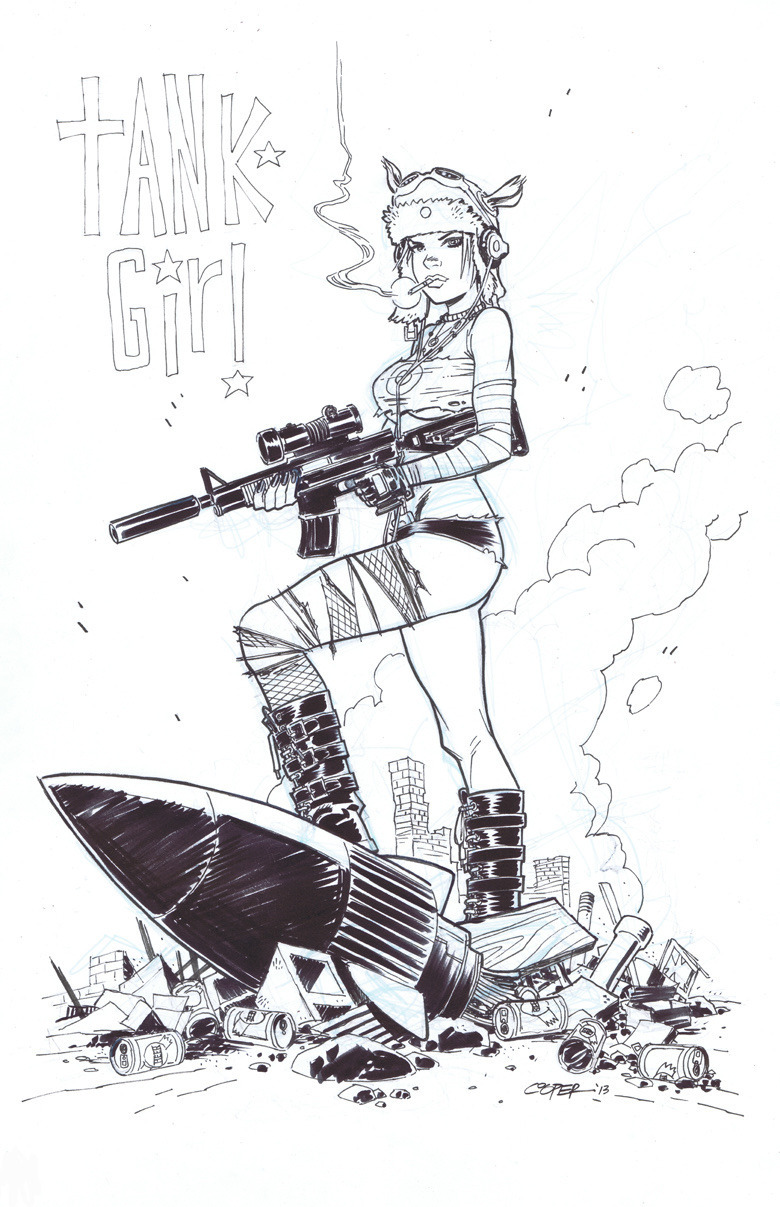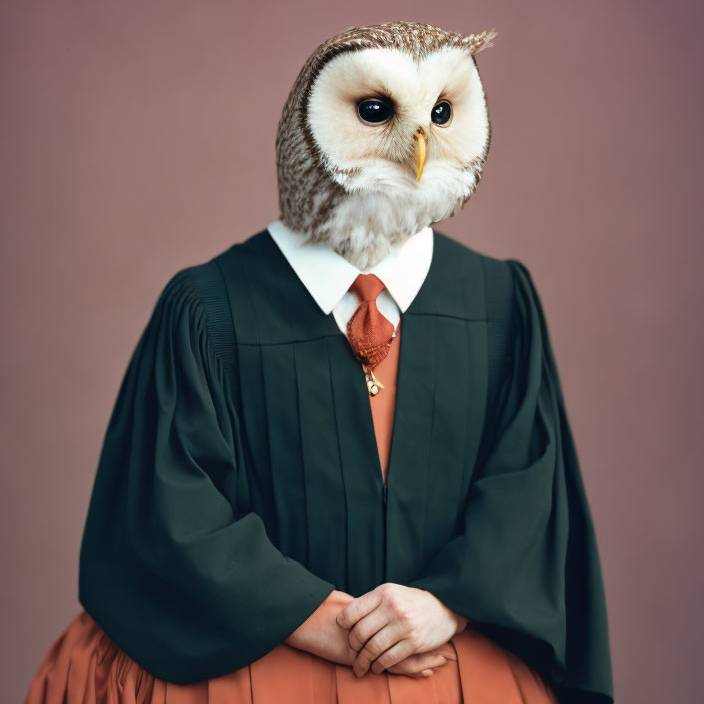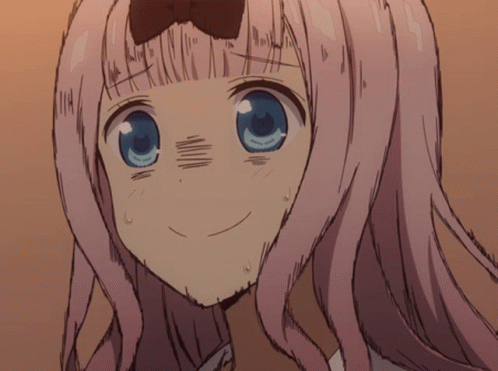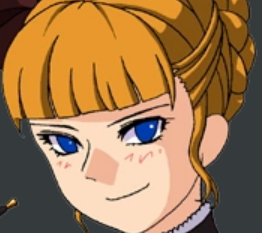The Battle of the Catalaunian Fields (also known as The Battle of Chalons, The Battle of Maurica) was one of the most decisive military engagements in history between the forces of the Roman Empire under Flavius Aetius (391-454 CE) and those of Attila the Hun (r. 434-453 CE). The conflict took place on June 20, 451 CE in Gaul (modern day France) in the Champagne region.
Background of the Battle
The Roman Empire had been struggling to maintain cohesion since the Crisis of the Third Century (also known as The Imperial Crisis, 235-284 CE) marked by rampant social unrest, civil war, and the fracturing of the empire into three distinct regions (the Gallic Empire, the Roman Empire, and the Palmyrene Empire). Emperor Diocletian (284-305 CE) reunited these entities under his rule but found the empire so vast and difficult to rule effectively that he divided it into the Western Roman Empire with the capital at Ravenna and the Eastern Roman Empire whose capital was Byzantium.
At this same time, in the latter part of the 4th century CE, the Huns had been dislodged from their homeland in the region of Kazakhstan by the Mongols, and their initial displacement soon took on the form of an invading force living off the lands and destroying the populace of whatever regions they came into. In 370 CE they conquered the Alans; by 376 CE they had driven the Visigoths under Fritigern into Roman territory and by 379 CE those under the leadership of Athanaric to the Caucalands
The invading Huns seemed to have no other objective than destruction and looting, and Rome had no means of fighting off a force which seemed to appear out of nowhere to ravish the land and then vanish as quickly as they had come. Attila took control of the Hunnic forces when his uncle Rua died in 433 CE. Along with his brother, Bleda (also known as Buda), Attila made clear that Rome was now dealing with an entirely new enemy whose vision included a vast Hunnic empire. Attila and Bleda brokered the Treaty of Margus in 439 CE which, in part, stipulated that the Huns would not attack Roman territories in exchange for a large monetary sum.
The Romans, meanwhile, believing that Attila would honor the treaty, had withdrawn their troops from the Danube region and sent them against the Vandals who were threatening Roman interests in North Africa and Sicily. Once Attila and Bleda realized that the region was virtually undefended, they launched their Danube Offensive in 441 CE, sacking and looting the cities at will.
Shortly after the Danube Offensive, in 445 CE, Attila had Bleda assassinated and took complete control as supreme leader of the Huns. Attila viewed Rome as a weak adversary, and so, starting in 446 or 447 CE, he again invaded the region of Moesia (the Balkan area), destroying over 70 cities, taking survivors as slaves, and sending the loot back to his stronghold at the city of Buda (possibly Budapest) in present-day Hungary. Attila had now all but defeated the Eastern Roman Empire on the field and in diplomatic negotiations and so turned his attention to the west. He required a legitimate excuse for an invasion, however, and found one in a very unlikely ally.
In 450 CE, the Western Roman Emperor Valentinian's sister, Honoria, was trying to escape an arranged marriage with a Roman senator and sent a message to Attila, along with her engagement ring, asking for his help. Attila chose to interpret her message and ring as a betrothal and sent back his terms as one-half of the Western Empire for her dowry. He mobilized his army and began his march toward the Roman capital.
The Adversaries
The Roman general Aetius had been preparing for a full-scale invasion of the Huns for some years prior to the event. Aetius had lived among the Huns as a hostage in his youth, spoke their language, and understood their culture. He had employed the Huns in his army many times over the years and had a personal and amicable relationship with Attila. He knew their tactics and their leader, first of all, but his personal charisma and reputation for bravery and victory were essential in gathering enough soldiers to repel the invasion. He was able to muster an infantry made up largely of Alans, Burgundians, Goths, and others.
In 451 CE, Attila began his conquest of Gaul with an army of probably about 200,000 men, although sources, such as Jordanes, set the number higher at half a million. They took Gallia Belgica province (modern-day Belgium) with little resistance. Attila's reputation as an invincible force leading an army which neither asked for nor gave any mercy sent the populace of the regions fleeing as quickly as they could with whatever they were able to carry. Attila sacked towns and cities and moved on to ravage the land further.
The Battle of the Catalaunian Fields
Attila chose a site near the Marne River, a wide plain which he positioned his men across, facing north, his headquarters in the center and toward the rear. He placed his Ostrogoth forces to his left, and what was left of his Gepid troops to his right; his Hun warriors would take the center. Aetius arrived on the field after Attila was already in position and placed Theodoric and his forces opposite the Ostrogoths of the Huns, Sangiban and his army in the center, and took the far position opposite the Gepids.
Although Attila had reached the field first, he chose a position on the lower part of the field, most likely thinking to draw the Roman forces down and make the most of his archers and cavalry. The Roman forces took the high ground, and between them and the Huns was a ridge which would have afforded an advantage to whichever side held it.
The Huns had tried to take the ridge in the center of the field earlier in the day but were driven back by the Visigoths under Thorismund, son of Theodoric. The Visigoths held the ridge when the Huns launched their full attack in the afternoon. Sangiban and the Alans held the center against the Huns while the Visigoths engaged the Ostrogoths, driving them back. Theodoric was killed in this engagement, but contrary to the Hun's expectations, this did not demoralize the Visigoths but only made them fight harder.
Once the Ostrogoths were defeated by the Visigoths on the left flank, the Visigoths then descended on the Huns in the center. Unable to make use of either his cavalry or his archers, with his left flank in ruins and his right engaged with Aetius, Attila recognized his precarious position and ordered a retreat back to camp. The Gepids joined the retreat, and the entire Hun force moved, with the Roman forces still engaging them, steadily back until they were driven from the field; they did not reach their basecamp until after nightfall.
Aetius, now with his loosely organized force, gathered them under his command and quietly left the field as well. Attila and his forces remained in their basecamp, still waiting for an attack that never came, until they sent out scouts who informed them that their opponents were gone.
Although there was now no one to oppose him, Attila withdrew from Gaul and went back home. No satisfactory answer has ever been given to explain this, but some scholars, such as J.F.C. Fuller, believe that Aetius and Attila struck a bargain.
Whatever negotiations may or may not have gone on between Aetius and Attila, the sources make clear that the field was abandoned by the Roman forces after the Huns had been driven into their camp.
Legacy
Three years later both Aetius and Attila would be dead. Aetius was assassinated by Valentinian in a sudden burst of anger in 454 CE, while Attila had died the year before from a burst blood vessel after a night of heavy drinking. The empire Attila had established passed to his sons who, in less than twenty years, destroyed it through incessant fighting over control. The Roman values Aetius fought so hard for would not last much longer. By the year 476 CE, the Western Roman Empire had fallen and was replaced by Germanic kingdoms such as that of King Odoacer of Italy.
Megathreads and spaces to hang out:
- ❤️ Come listen to music and Watch movies with your fellow Hexbears nerd, in Cy.tube
- 💖 Come talk in the New Monthly queer thread
- 💛 Read and talk about a current topics in the News Megathread
- ⭐️ October Movie Nominations ⭐️
reminders:
- 💚 You nerds can join specific comms to see posts about all sorts of topics
- 💙 Hexbear’s algorithm prioritizes struggle sessions over upbears
- 💜 Sorting by new you nerd
- 🌈 If you ever want to make your own megathread, you can go here nerd
- 🐶 Join the unofficial Hexbear-adjacent Mastodon instance toots.matapacos.dog
Links To Resources (Aid and Theory):
Aid:
- 💙Comprehensive list of resources for those in need of an abortion -- reddit link
- 💙Resources for Palestine
Theory:
Had a friend tell me Russia is trying to colonize Ukraine to recreate the Soviet union
The tone police are out on twitter trying to shame me for thinking it’s funny some rich bozos decide to pay to kill themselves in the ocean. Lol

New Megathread Nerds!!!


-
🐶 Join the unofficial Hexbear-adjacent Mastodon instance toots.matapacos.dog
-
🌈 If you ever want to make your own megathread, you can go here nerd
@aaaaaaadjsf@hexbear.net @Abraxiel@hexbear.net @Abstraction@hexbear.net @Acute_Engles@hexbear.net @AnarchaPrincess@hexbear.net @Alaskaball@hexbear.net @AlicePraxis@hexbear.net @Aliveelectricwire@hexbear.net @artificialset@hexbear.net @Awoo@hexbear.net @bbnh69420@hexbear.net @BigLadKarlLiebknecht@hexbear.net @buh@hexbear.net @CDommunist@hexbear.net @Cherufe@hexbear.net @ClimateChangeAnxiety@hexbear.net @clover@hexbear.net @ComradeCmdrPiggy@hexbear.net @ComradeEchidna@hexbear.net @context@hexbear.net @corgiwithalaptop@hexbear.net @CrispyFern@hexbear.net @Cromalin@hexbear.net @CyborgMarx@hexbear.net @Dirt_Owl@hexbear.net @Dolores@hexbear.net @Donut@hexbear.net @drinkinglakewater@hexbear.net @Dryad@hexbear.net @ElChapoDeChapo@hexbear.net @ElGosso@hexbear.net @el_principito@hexbear.net @EmmaGoldman@hexbear.net @FALGSConaut@hexbear.net @Flinch@hexbear.net @forcequit@hexbear.net @Frank@hexbear.net @Frogmanfromlake@hexbear.net @GalaxyBrain@hexbear.net @Goadstool@hexbear.net @GorbinOutOverHere@hexbear.net @Grownbravy@hexbear.net @GVAGUY3@hexbear.net @HarryLime@hexbear.net @hexaflexagonbear@hexbear.net @Hohsia@hexbear.net @Ho_Chi_Chungus@hexbear.net @Ideology@hexbear.net @InevitableSwing@hexbear.net @jabrd@hexbear.net @JamesConeZone@hexbear.net @Kanna@hexbear.net @Kaputnik@hexbear.net @kristina@hexbear.net @LesbianLiberty@hexbear.net @MaxOS@hexbear.net @Mindfury@hexbear.net @mkultrawide2@hexbear.net @Nakoichi@hexbear.net @PaulSmackage@hexbear.net @plinky@hexbear.net @PorkrollPosadist@hexbear.net @President_Obama@hexbear.net @PurrLure@hexbear.net @Ram_The_Manparts@hexbear.net @Redcuban1959@hexbear.net @RNAi@hexbear.net @Rojo27@hexbear.net @RoseColoredVoid@hexbear.net @solaranus@hexbear.net @SorosFootSoldier@hexbear.net @Sickos@hexbear.net @silent_water@hexbear.net @Sphere@hexbear.net @spring_rabbit@hexbear.net @ssjmarx@hexbear.net @take_five_seconds@hexbear.net @TankieTanuki@hexbear.net @Teekeeus@hexbear.net @Tervell@hexbear.net @UlyssesT@hexbear.net @Venustum@hexbear.net @viva_la_juche@hexbear.net @WhatDoYouMeanPodcast@hexbear.net @Wheaties@hexbear.net @WhyEssEff@hexbear.net @WIIHAPPYFEW@hexbear.net @wtypstanaccount04@hexbear.net @wombat@hexbear.net @Zoift@hexbear.net @Zuzak@hexbear.net
@thelastaxolotl@hexbear.net @WhoaSlowDownMaurice@hexbear.net @Quimby@hexbear.net
@CARCOSA@hexbear.net @liberal@hexbear.net @ella@hexbear.net @all_or_nothing@hexbear.net @KenBonesWildRide@hexbear.net @KiraNerys@hexbear.net @TomboyShulk@hexbear.net @DuckNuckem@hexbear.net @SapGreen@hexbear.net @Zangief@hexbear.net @scumlord@hexbear.net @COMMENT@hexbear.net @Antisocial_Socialist@hexbear.net @DOPESMOKERDENG@hexbear.net @makotech222@hexbear.net
Remember nerds just like in the old site, no current struggle session discussion here on the new general megathread, i will ban you from the comm and remove your comment, have a good day/night :meow-coffee:
Hi! I'm new here and don't know all the terms yet, what would be current struggle session discussion?
I don't think we have one at the moment. Though, with some new blood from lemma we are likely to speed run the greatest hits. Are cars good or bad? Is China a place or a feeling? How much do we love our trans comrades. Are sex workers people? Just the basic leftist stuff
-
Lol those fuckin losers at reddit, setting an end date to their “protest”
“Sure, the greedy execs got what they wanted, but at least our voices were heard!”
Peak liberalism
Real chads would have dumped diesel in to the well, shat in it, and left Spez to clean up the whole mess himself.
I propose that at the moment of federation, we also unban bmf so that we can expose the rest of the fediverse to our specific form of brainworms.
The reason for the submarine going down is because there was an imposter among them
I touch grass for a month and you change the website and join the confederacy or something? What the hell?!
The only reason the missing titanic submarine is in the news cycle at all is because a billionaire was onboard

Nah, I don’t think so. “Experimental submarine goes missing on voyage to wreckage of the world’s most famous sunken ship” is a good news story billionaire or no.
The fact that a billionaire died a terrifying death is an extra plus tho
People can be mean sometimes and it's funny how that can fuck you up
I pretty much refused to sing - even alone, even with nobody else around, for like 10 years after my mom made fun of me one time for not hitting the high notes on a Creedence song
I quit smoking 6 months ago and it turns out I got some fucking PIPES
Over here singing Bowie and talking heads and just objectively fucking crushing it





















